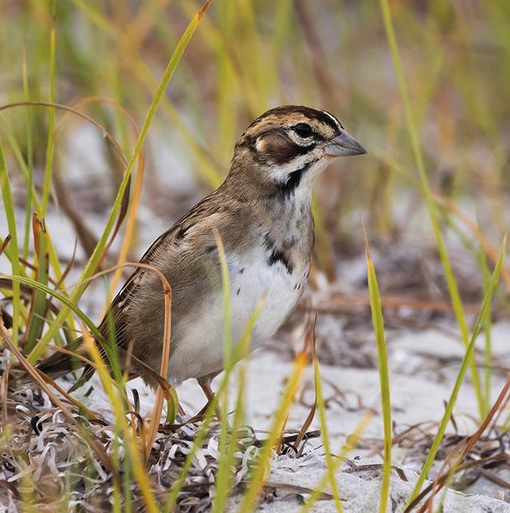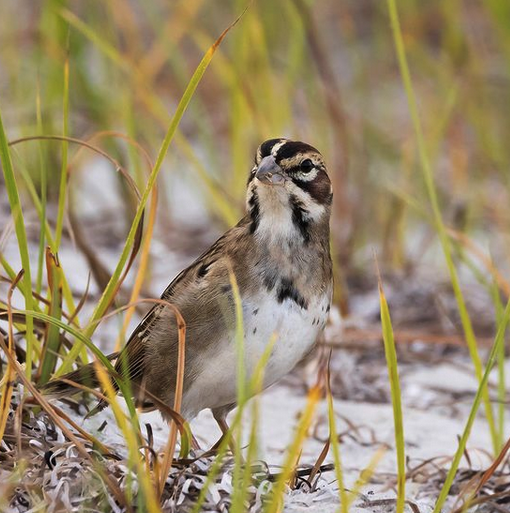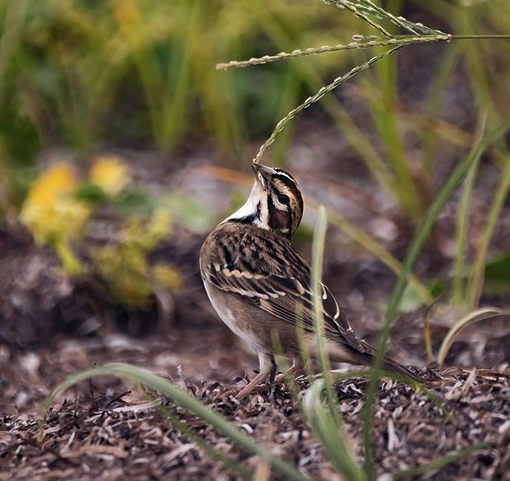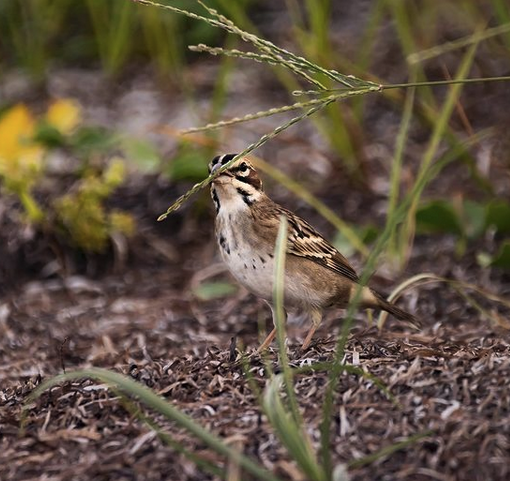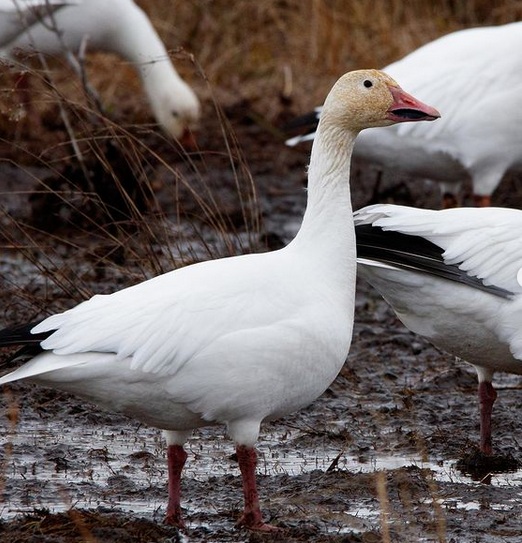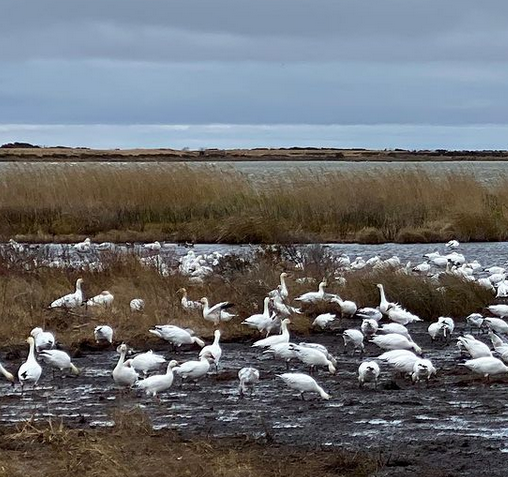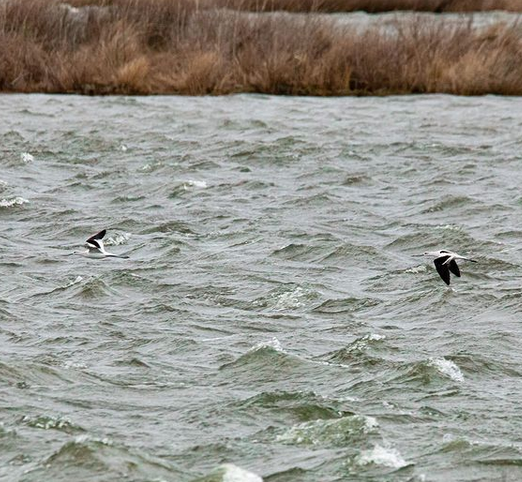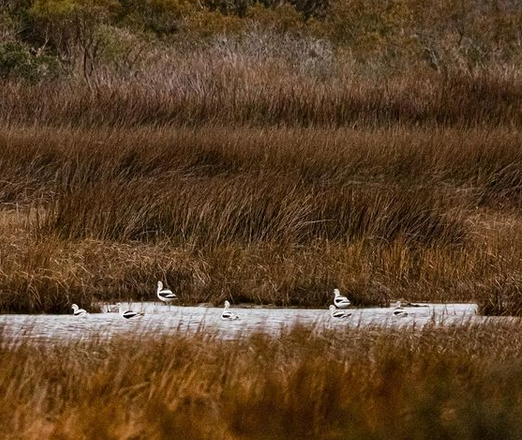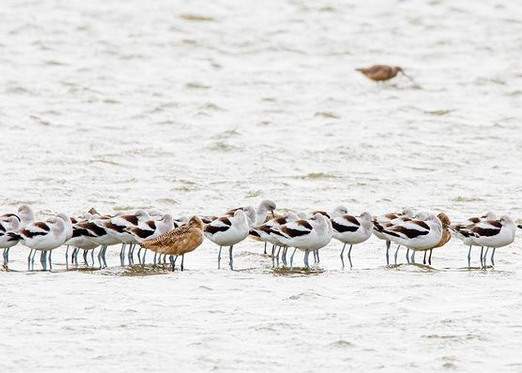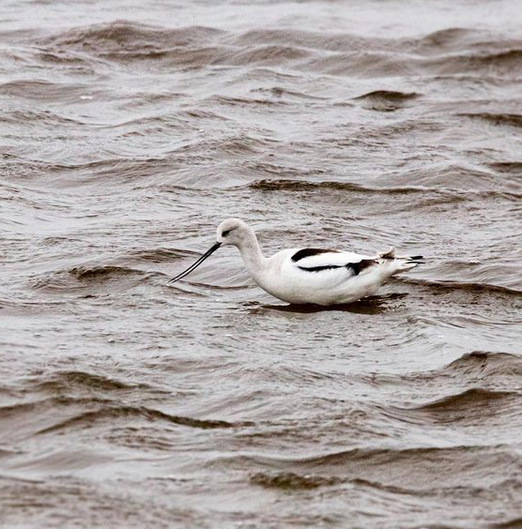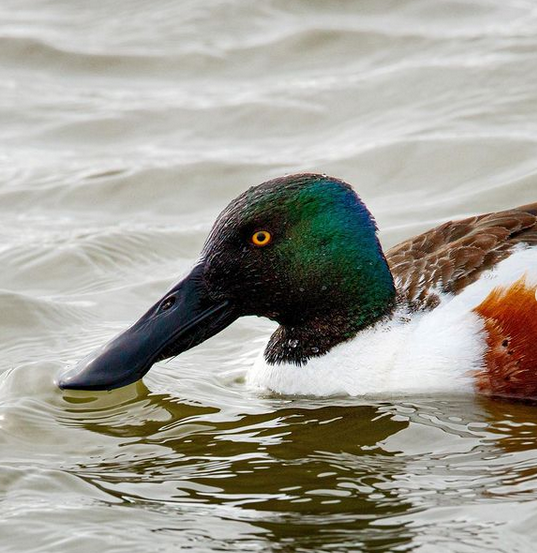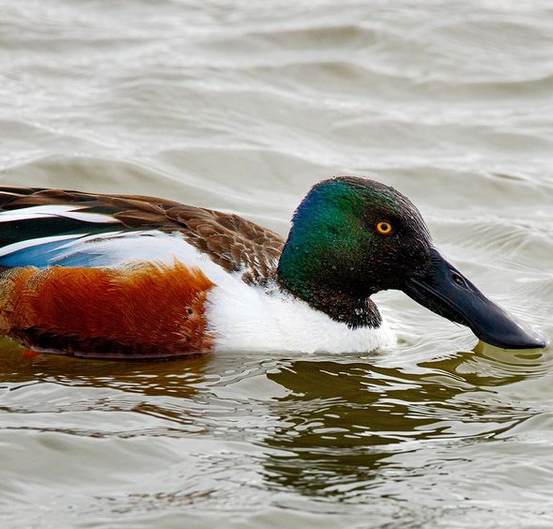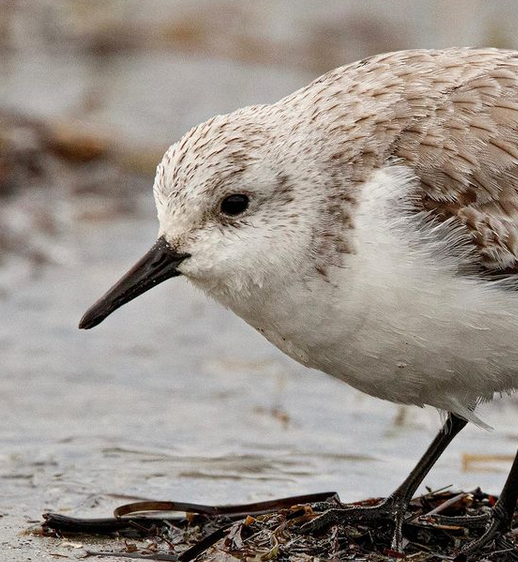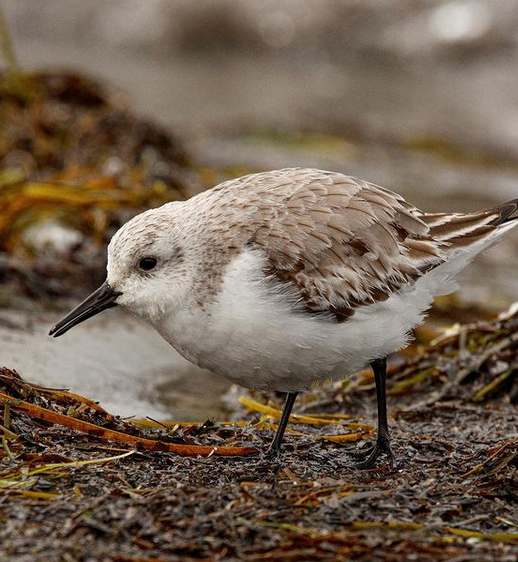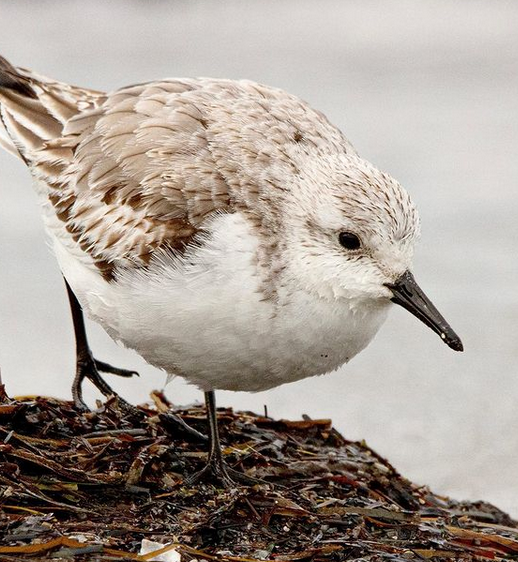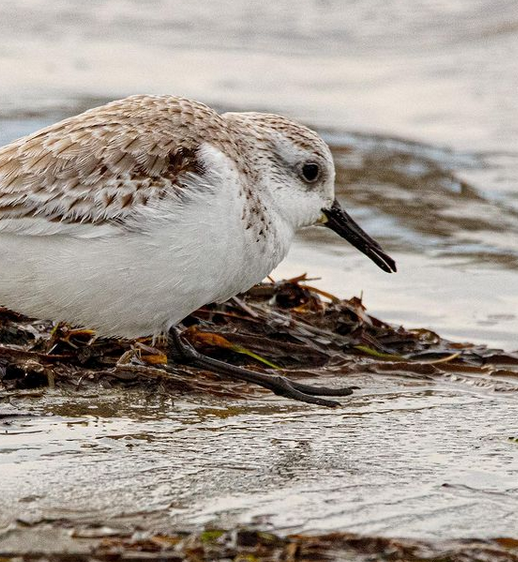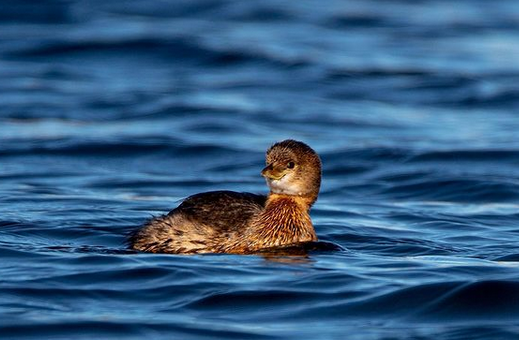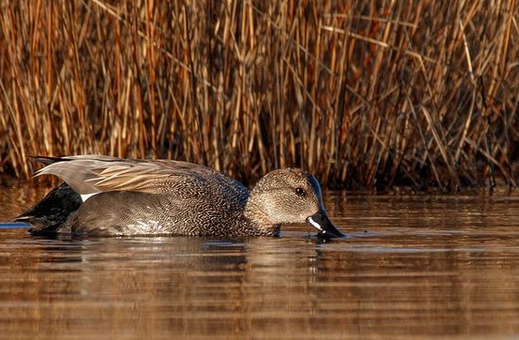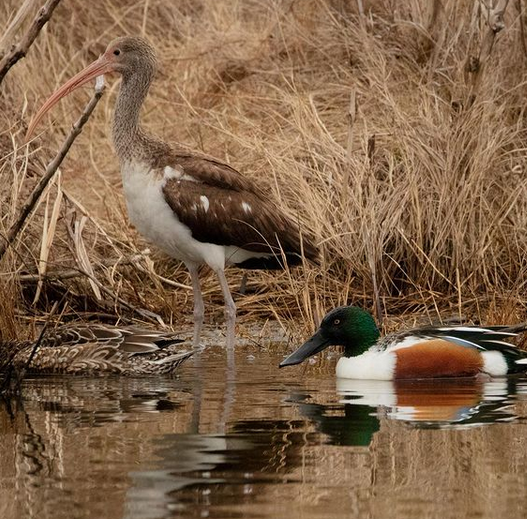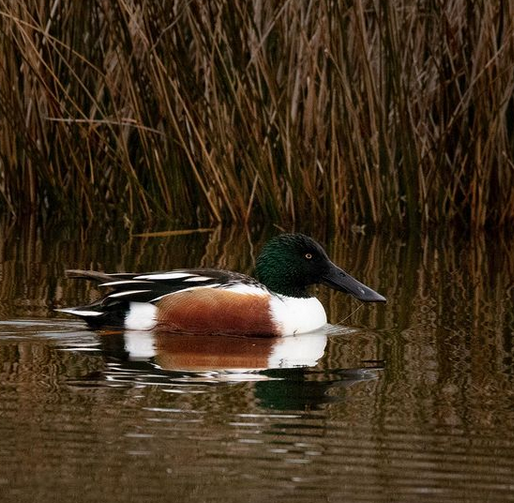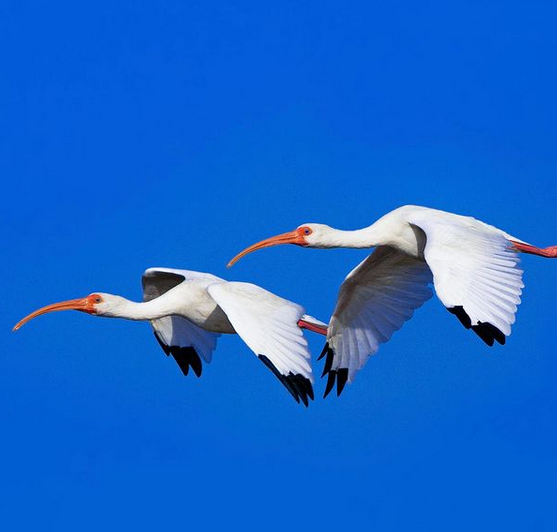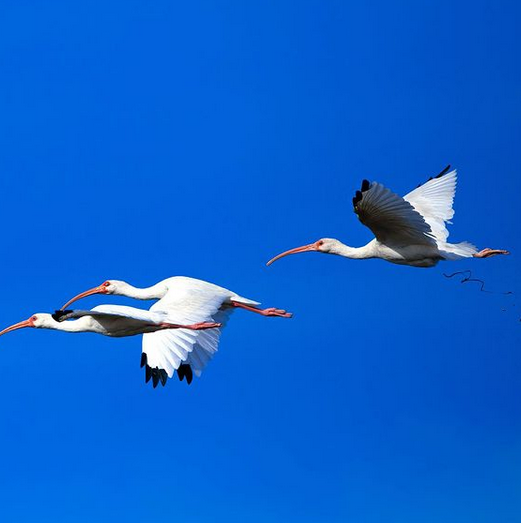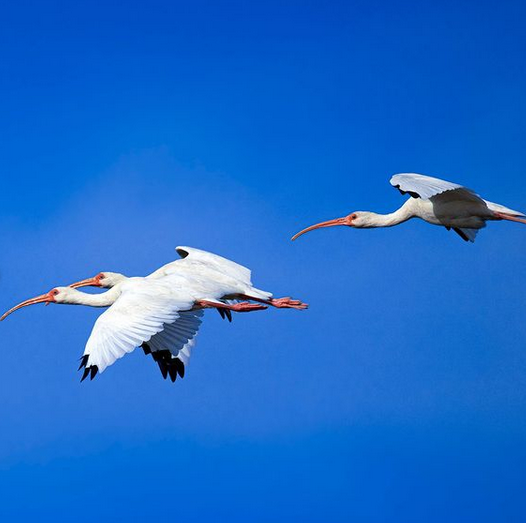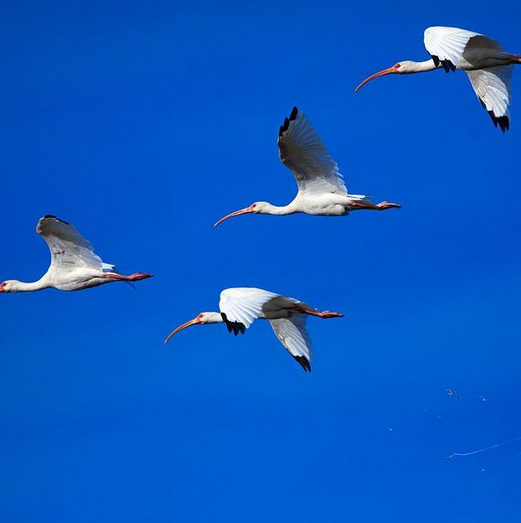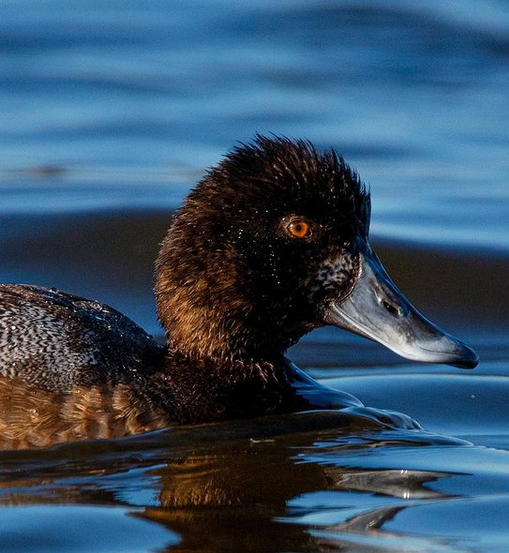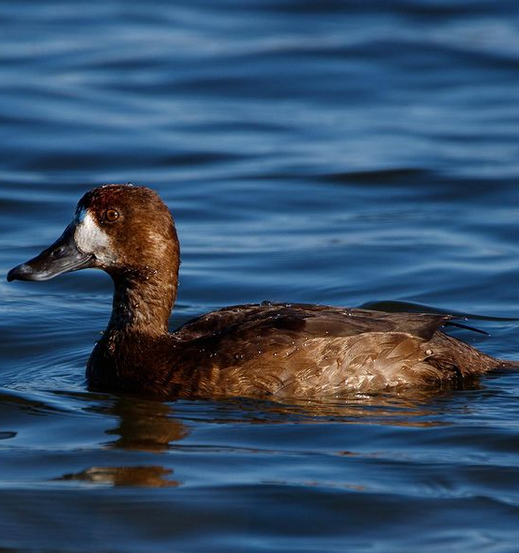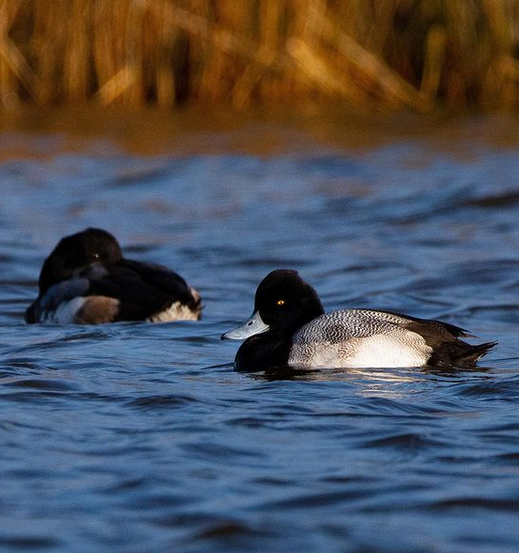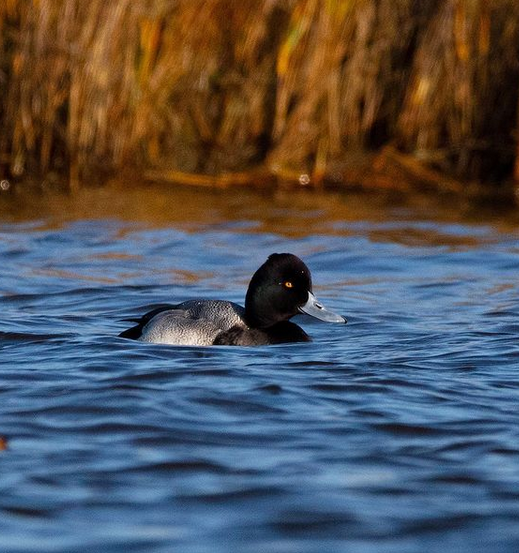The neatest thing about birding is that ya never quite know for sure what you’re going to see when you step outside.
Sure, we’ve got our goals and general expectations on hand but each time we head out there is an opportunity to to be surprised and delighted with an unexpected find.
Case in point, this Lark Sparrow that I spotted while leading a trip to the Pea Island NWR this past Sunday.

Up until that point, tbh the birding was less then stellar that day lol. There had been a remarkable lack of bird activity going on so when I first put this bird into focus on my lens it was pretty exciting!
The reason why is because the Lark Sparrow’s range stretches from primarily the Great Plains and west to the California coast. Year-round populations also occur in Texas and northern Mexico.
That being said a very, very small population of Lark Sparrows spend the summer right here in North Carolina too!
Usually those birds are found in isolated spots the Sandhill region of the central part of the state so it was incredibly cool to find one here in the OBX at the beginning of migration.
When Lark Sparrows do show up in the eastern counties of NC during the autumn months, they prefer to forage in areas of wide sandy-scrub patches. The dry dunes and field habitats here on Pea Island are just perfect for them.
Unfortunately these beauties won’t be here for much longer as most will head south for the winter in a week or two but if you missed them this year, the Lark Sparrows will return to the Tarheel state next April.
Photos by @sally_siko of @birdwatching_nc on the mighty mirrorless monster of a camera, the @canonusa
#R5

